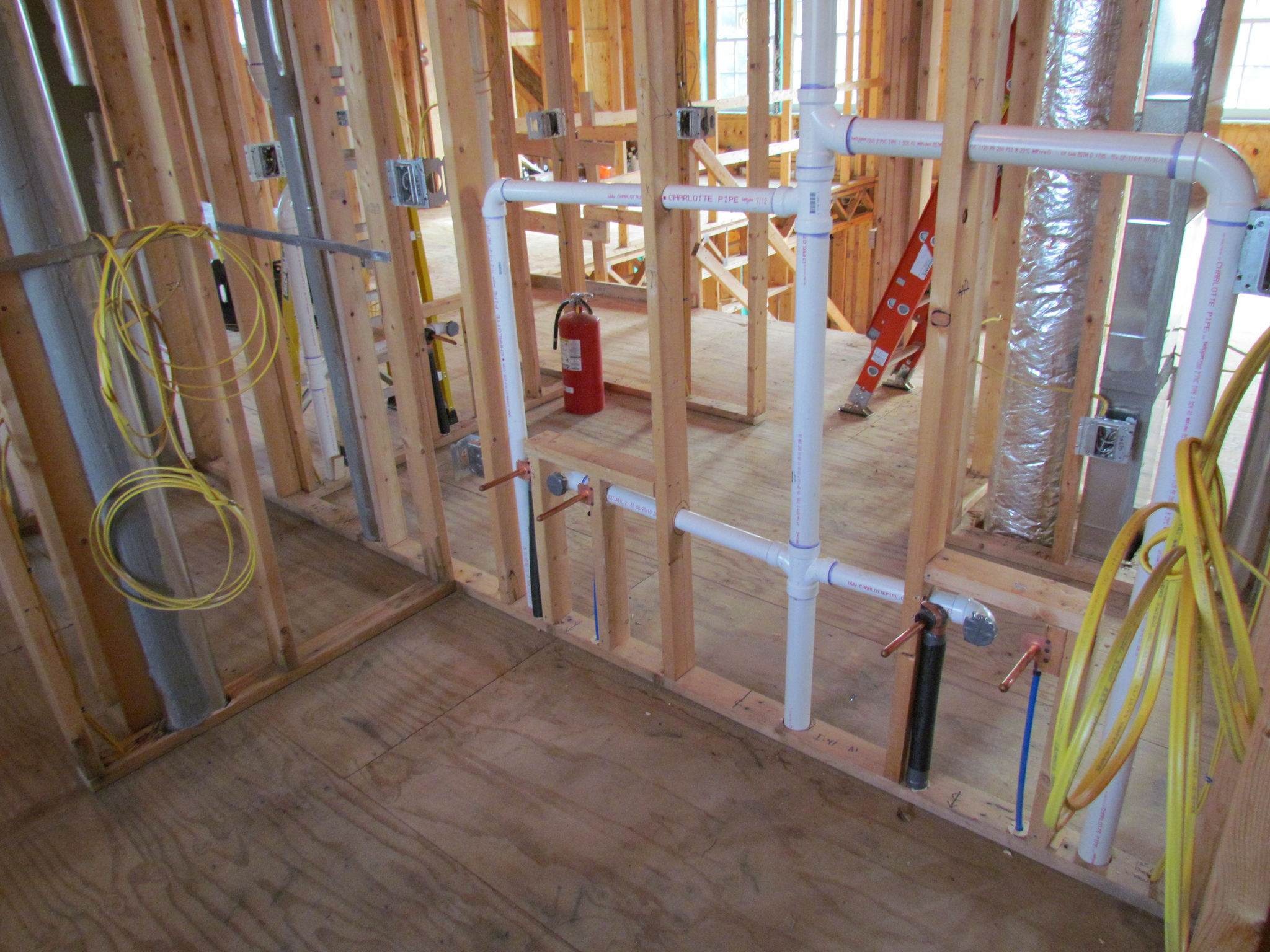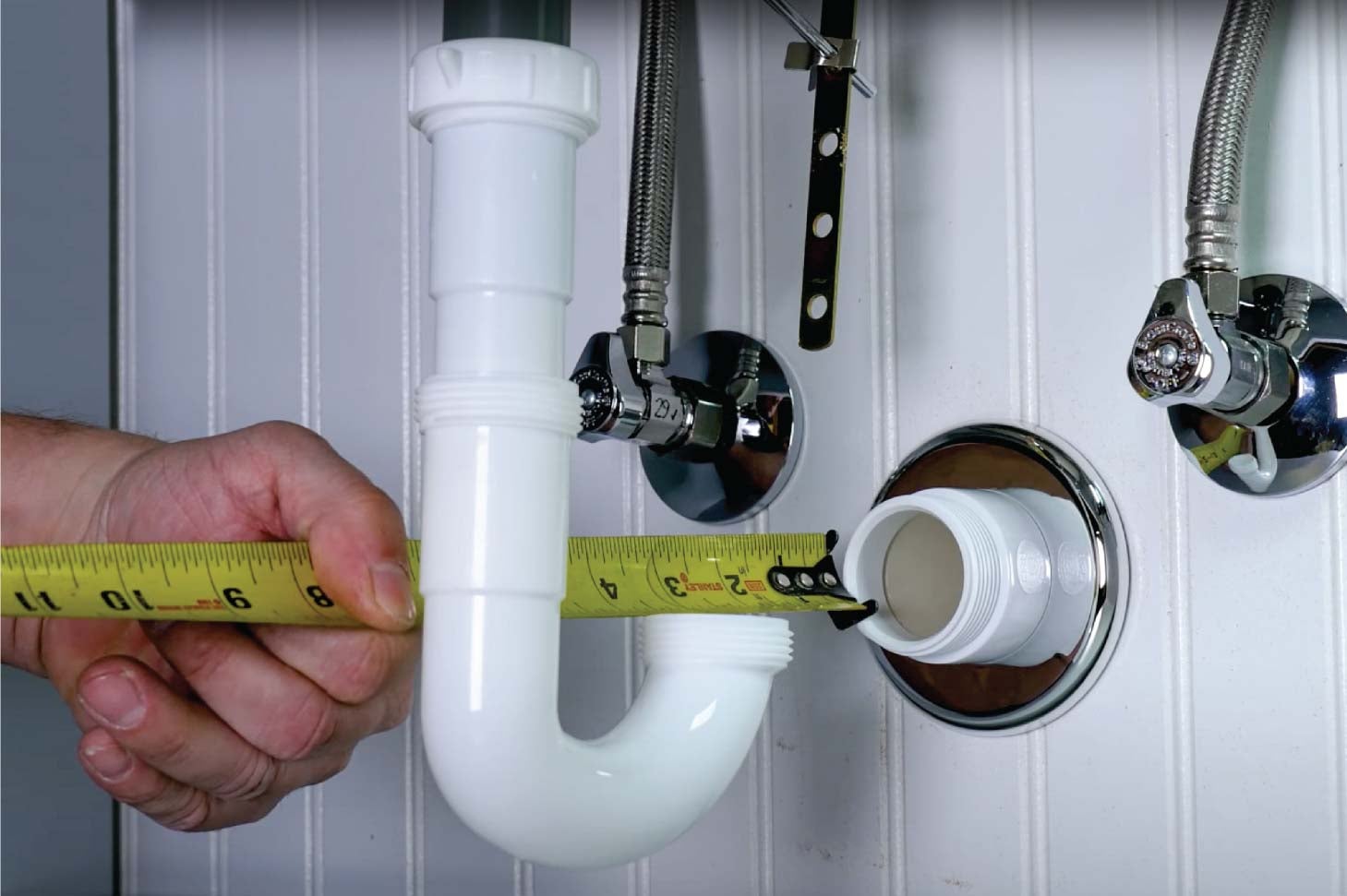Understanding The Structure of Your Home's Plumbing System
Understanding The Structure of Your Home's Plumbing System
Blog Article
Nearly everybody has got their private rationale when it comes to Exploring Your Homes Plumbing Anatomy.

Understanding just how your home's plumbing system works is crucial for every single property owner. From providing tidy water for drinking, cooking, and showering to safely eliminating wastewater, a well-maintained plumbing system is essential for your household's health and wellness and comfort. In this comprehensive guide, we'll check out the complex network that composes your home's pipes and offer suggestions on upkeep, upgrades, and handling common problems.
Intro
Your home's plumbing system is greater than simply a network of pipes; it's an intricate system that guarantees you have accessibility to clean water and reliable wastewater removal. Recognizing its parts and just how they collaborate can help you stop pricey repair work and make sure every little thing runs smoothly.
Standard Components of a Pipes System
Pipes and Tubes
At the heart of your pipes system are the pipes and tubing that lug water throughout your home. These can be constructed from different products such as copper, PVC, or PEX, each with its advantages in regards to resilience and cost-effectiveness.
Fixtures: Sinks, Toilets, Showers, and so on.
Fixtures like sinks, commodes, showers, and bath tubs are where water is used in your house. Recognizing just how these fixtures attach to the plumbing system assists in identifying troubles and planning upgrades.
Shutoffs and Shut-off Factors
Valves manage the circulation of water in your plumbing system. Shut-off shutoffs are crucial during emergency situations or when you require to make fixings, allowing you to separate parts of the system without interfering with water circulation to the entire house.
Water Supply System
Key Water Line
The primary water line attaches your home to the municipal supply of water or an exclusive well. It's where water enters your home and is dispersed to various fixtures.
Water Meter and Stress Regulator
The water meter actions your water usage, while a pressure regulator makes sure that water flows at a secure stress throughout your home's pipes system, preventing damages to pipelines and components.
Cold Water vs. Hot Water Lines
Understanding the distinction in between cold water lines, which provide water straight from the major, and warm water lines, which lug heated water from the water heater, aids in repairing and preparing for upgrades.
Water drainage System
Drain Pipes Water Lines and Traps
Drain pipelines lug wastewater far from sinks, showers, and toilets to the sewer or sewage-disposal tank. Traps stop drain gases from entering your home and likewise catch particles that could create obstructions.
Air flow Pipes
Ventilation pipes enable air right into the water drainage system, avoiding suction that can reduce water drainage and create catches to vacant. Correct air flow is essential for maintaining the integrity of your plumbing system.
Importance of Proper Drainage
Ensuring proper drainage prevents back-ups and water damages. On a regular basis cleansing drains pipes and preserving catches can stop expensive repair services and prolong the life of your plumbing system.
Water Heating Unit
Types of Water Heaters
Hot water heater can be tankless or typical tank-style. Tankless heating systems warm water on demand, while tanks save warmed water for instant usage.
Just How Water Heaters Connect to the Plumbing System
Recognizing just how water heaters connect to both the cold water supply and hot water circulation lines aids in identifying issues like insufficient warm water or leakages.
Upkeep Tips for Water Heaters
On a regular basis flushing your hot water heater to remove sediment, examining the temperature level settings, and inspecting for leakages can extend its lifespan and boost energy efficiency.
Usual Pipes Issues
Leakages and Their Reasons
Leaks can take place as a result of maturing pipelines, loosened fittings, or high water pressure. Resolving leaks promptly protects against water damages and mold and mildew growth.
Clogs and Clogs
Clogs in drains pipes and bathrooms are usually triggered by purging non-flushable items or an accumulation of grease and hair. Making use of drain displays and bearing in mind what goes down your drains pipes can avoid obstructions.
Indications of Plumbing Issues to Watch For
Low tide pressure, sluggish drains, foul odors, or unusually high water expenses are indications of potential plumbing troubles that must be addressed immediately.
Plumbing Upkeep Tips
Regular Assessments and Checks
Schedule yearly pipes evaluations to capture issues early. Try to find signs of leakages, rust, or mineral buildup in faucets and showerheads.
Do It Yourself Maintenance Tasks
Basic tasks like cleaning tap aerators, looking for toilet leaks utilizing color tablets, or insulating subjected pipelines in cold climates can stop significant plumbing problems.
When to Call a Specialist Plumbing
Know when a pipes problem calls for professional competence. Trying complex fixings without proper understanding can cause even more damages and higher repair costs.
Updating Your Pipes System
Reasons for Upgrading
Upgrading to water-efficient components or changing old pipes can enhance water high quality, lower water bills, and boost the worth of your home.
Modern Pipes Technologies and Their Benefits
Check out technologies like smart leak detectors, water-saving bathrooms, and energy-efficient hot water heater that can conserve money and reduce environmental impact.
Expense Factors To Consider and ROI
Determine the in advance expenses versus long-lasting financial savings when taking into consideration plumbing upgrades. Many upgrades pay for themselves through reduced utility expenses and fewer repair work.
Environmental Effect and Preservation
Water-Saving Components and Devices
Setting up low-flow taps, showerheads, and toilets can significantly lower water use without giving up efficiency.
Tips for Lowering Water Use
Basic routines like dealing with leakages without delay, taking shorter showers, and running full tons of laundry and dishes can conserve water and lower your utility expenses.
Eco-Friendly Plumbing Options
Think about sustainable plumbing materials like bamboo for flooring, which is durable and eco-friendly, or recycled glass for kitchen counters.
Emergency Preparedness
Actions to Take Throughout a Plumbing Emergency situation
Know where your shut-off shutoffs lie and just how to switch off the water system in case of a ruptured pipe or major leak.
Importance of Having Emergency Situation Contacts Helpful
Keep get in touch with information for local plumbers or emergency situation solutions easily offered for fast reaction during a pipes dilemma.
DIY Emergency Situation Fixes (When Relevant).
Momentary solutions like making use of air duct tape to patch a dripping pipe or positioning a container under a trickling faucet can decrease damages till a specialist plumber gets here.
Verdict.
Comprehending the anatomy of your home's pipes system empowers you to maintain it effectively, saving time and money on fixings. By complying with regular upkeep routines and staying educated regarding modern pipes innovations, you can ensure your pipes system operates efficiently for many years to come.
HOW YOUR PLUMBING SYSTEM WORKS
Which Pipes Do What?
Blue lines = fresh water supply entering the building
Red lines = hot water supply entering the building
Grey lines = pipes carrying waste away from the building and venting pipes carrying gases away from the building (through the roof)
YOUR MAIN PLUMBING SYSTEMS
There are two main plumbing systems that support your home s basic plumbing needs one that brings clean water into your home, and one that sends dirty water away from your home. Connected to the toilet, bath, shower, and other faucets in your home, these two systems keep your water flowing in the right directions.
ACCESSING FRESH WATER
Fresh and clean water is brought into your home through the main water supply line . Filtered through one pipe, this water is pressured to flow into the various fixtures in your home at any given time.
This water can be sourced from a well located on your property, a pond or river (mostly cottages), or, as in most cases, from the city s municipal water treatment centre. However, it is important to note that water that is untreated, such as the water siphoned from ponds or rivers, may not be safe to drink. Personal water supplies always need to be treated for hardness and contaminants before consumed.
MUNICIPAL WATER SUPPLIES
Improve taste and odour
Remove sediment
Eliminate hardness
Reduce chlorine
COLD WATER SUPPLY VS. HOT WATER SUPPLY
Cold water flows into your home or building through the service line, which then distributes hot or cold water to your fixtures. This line is most commonly run through a central column that runs floor to floor. Hot water runs in short and straight pipes as the longer the pipeline, the more heat that will be lost in the transfer. Having shorter pipes also allows residents to access hot water more quickly.
WASTE WATER SYSTEM
Your wastewater system is divided into two parts pipes that send wastewater away from your home and venting pipes that send sewer gas away from your home. Sewage water travels through pipes that flush the water and waste towards local sewers that are operated and managed by your city or town. Most sewer systems rely on gravity to move the wastewater to where it needs to go.
The further away from your toilet or sink, the larger wastewater pipes become. This allows for waste to be disposed of from various parts of your home or business at once without pipe blockages. The angle and flow of these pipes are also essential for keeping your waste pipes clear of build up.
https://harrisplumbing.ca/how-your-home-plumbing-system-works/

HOW YOUR PLUMBING SYSTEM WORKS
Which Pipes Do What?
YOUR MAIN PLUMBING SYSTEMS
There are two main plumbing systems that support your home s basic plumbing needs one that brings clean water into your home, and one that sends dirty water away from your home. Connected to the toilet, bath, shower, and other faucets in your home, these two systems keep your water flowing in the right directions.
ACCESSING FRESH WATER
Fresh and clean water is brought into your home through the main water supply line . Filtered through one pipe, this water is pressured to flow into the various fixtures in your home at any given time.
This water can be sourced from a well located on your property, a pond or river (mostly cottages), or, as in most cases, from the city s municipal water treatment centre. However, it is important to note that water that is untreated, such as the water siphoned from ponds or rivers, may not be safe to drink. Personal water supplies always need to be treated for hardness and contaminants before consumed.
MUNICIPAL WATER SUPPLIES
COLD WATER SUPPLY VS. HOT WATER SUPPLY
Cold water flows into your home or building through the service line, which then distributes hot or cold water to your fixtures. This line is most commonly run through a central column that runs floor to floor. Hot water runs in short and straight pipes as the longer the pipeline, the more heat that will be lost in the transfer. Having shorter pipes also allows residents to access hot water more quickly.
WASTE WATER SYSTEM
Your wastewater system is divided into two parts pipes that send wastewater away from your home and venting pipes that send sewer gas away from your home. Sewage water travels through pipes that flush the water and waste towards local sewers that are operated and managed by your city or town. Most sewer systems rely on gravity to move the wastewater to where it needs to go.
The further away from your toilet or sink, the larger wastewater pipes become. This allows for waste to be disposed of from various parts of your home or business at once without pipe blockages. The angle and flow of these pipes are also essential for keeping your waste pipes clear of build up.
https://harrisplumbing.ca/how-your-home-plumbing-system-works/
I found that piece of writing about Understanding Your Home's Plumbing Anatomy when doing a search on the internet. Loved our content? Please quickly share it. Let someone else locate it. We value reading our article about Plumbing Installation 101: All You Need to Know.
Call Today Report this page